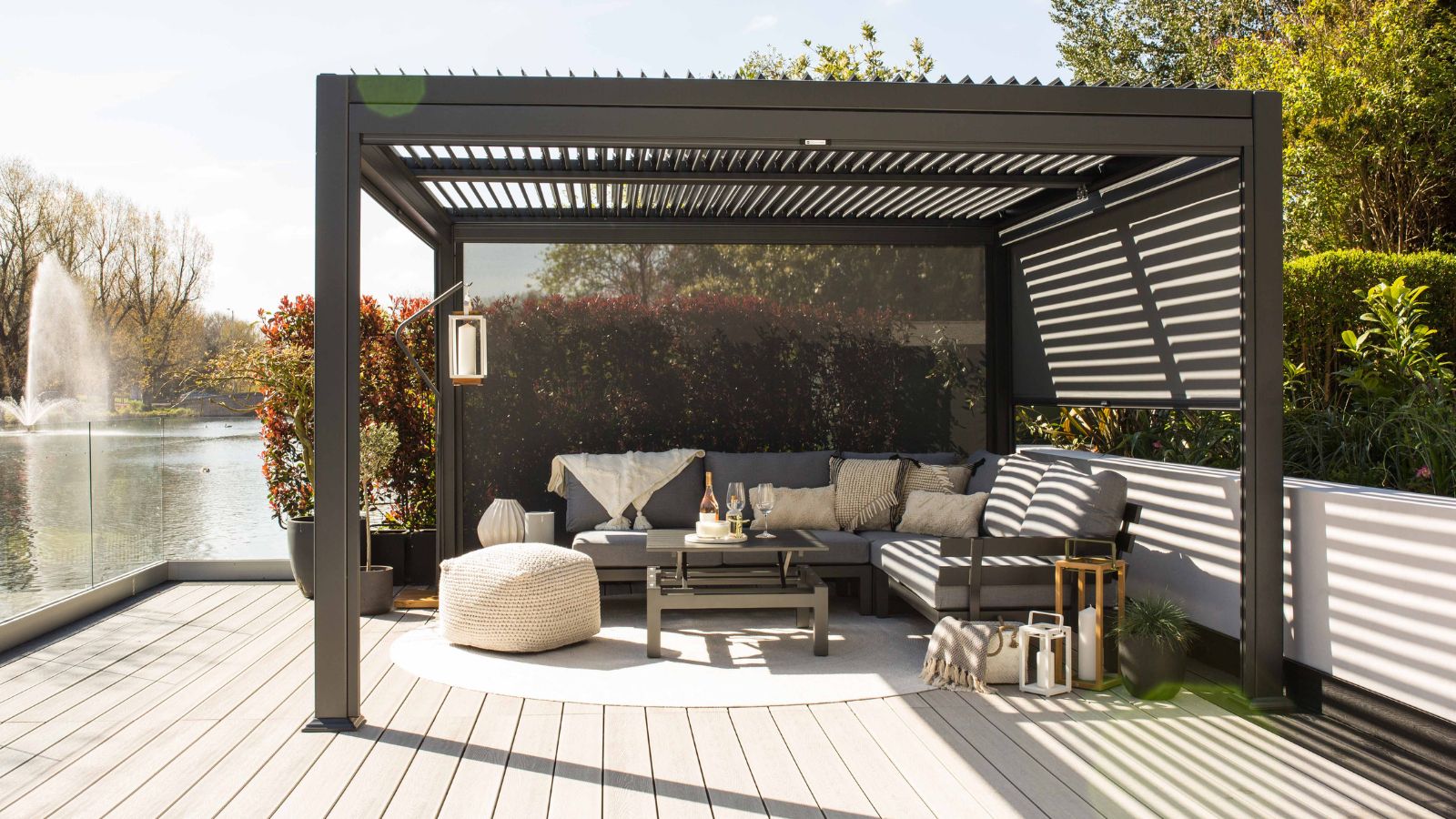20 ways to reduce the cost of your extension in 2025
Don't let the rising cost of living stand in the way of your dream extension. Armed with our expert tips, you can add space to your home without blowing the budget or sacrificing on quality
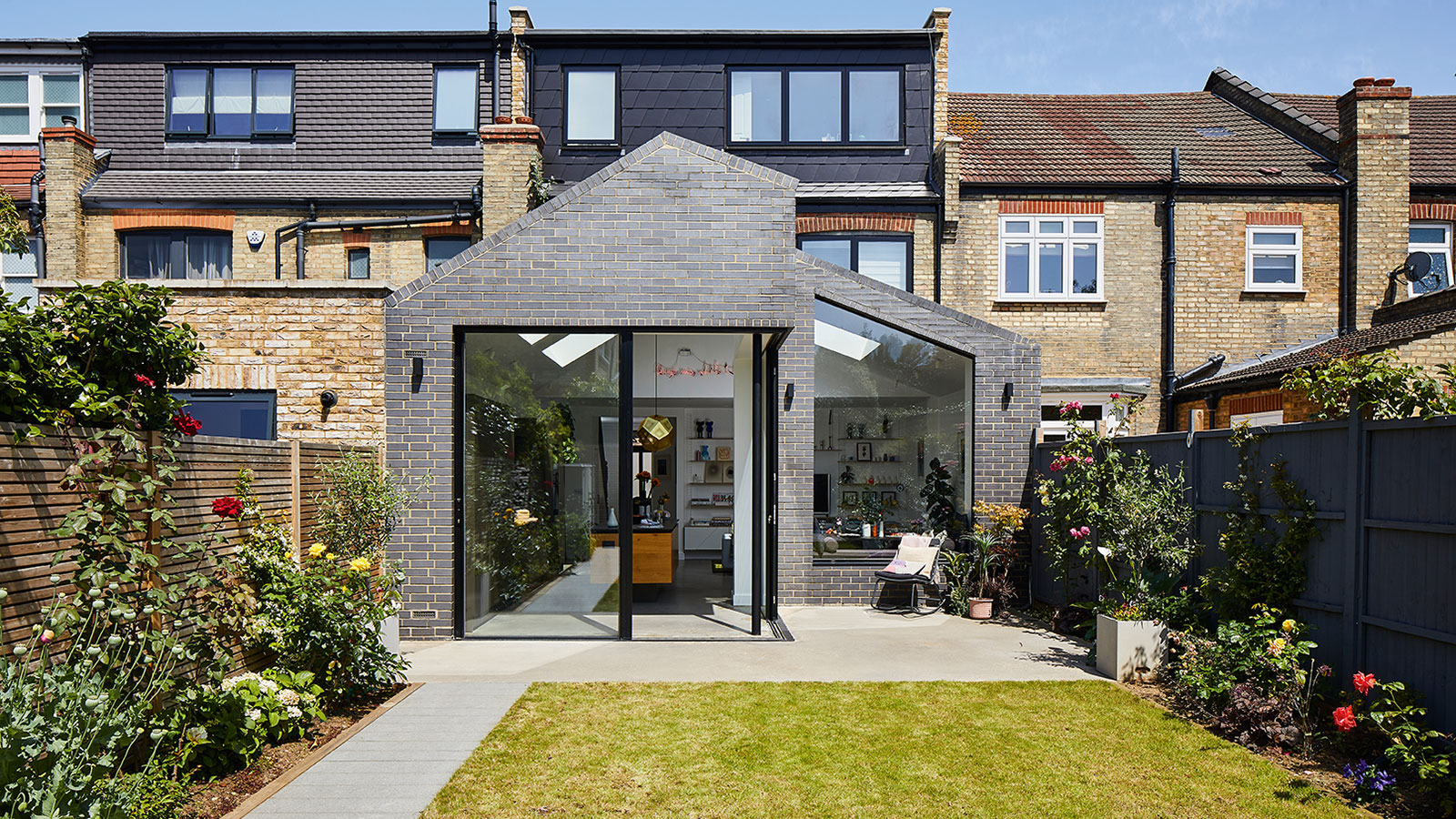
If you have been putting off building an extension because you are worried about the associated costs, then all may not be lost. There are lots of ways to save money on an extension, without having to compromise on quality.
Everything from labour and materials to home fixtures and fittings have increased considerably in price lately, and while is understandable to be cautious about how your budget is going to affected, there are still ways to make savings — so don't abandon the idea altogether just yet. You simply need to learn to manage your costs more carefully rather than avoiding building at all.
To give you the best possible start, we've pulled together a selection of great tips from builders, designers, architects and self builders to help you reduce the cost of your extension in 2024.
1. Really think though the size of your extension
While you might have decided that you need more space within your home, it is crucial that you really think through exactly how much space you need for everything you want from your home. If you are trying to save on costs by shrinking your extension, the whole project could end up proving to be a waste of money.
"Getting the balance right by building an extension that’s just a proportionate size, for a price you can afford, is a vital part of the pre-planning," advises experienced homes journalist and editor Lucy Searle.
If you are planning a kitchen extension, for example, make sure your new extension will be big enough to house the kind of kitchen you have in mind, as well as an extras you are hoping for such as a utility room or walk-in larder.
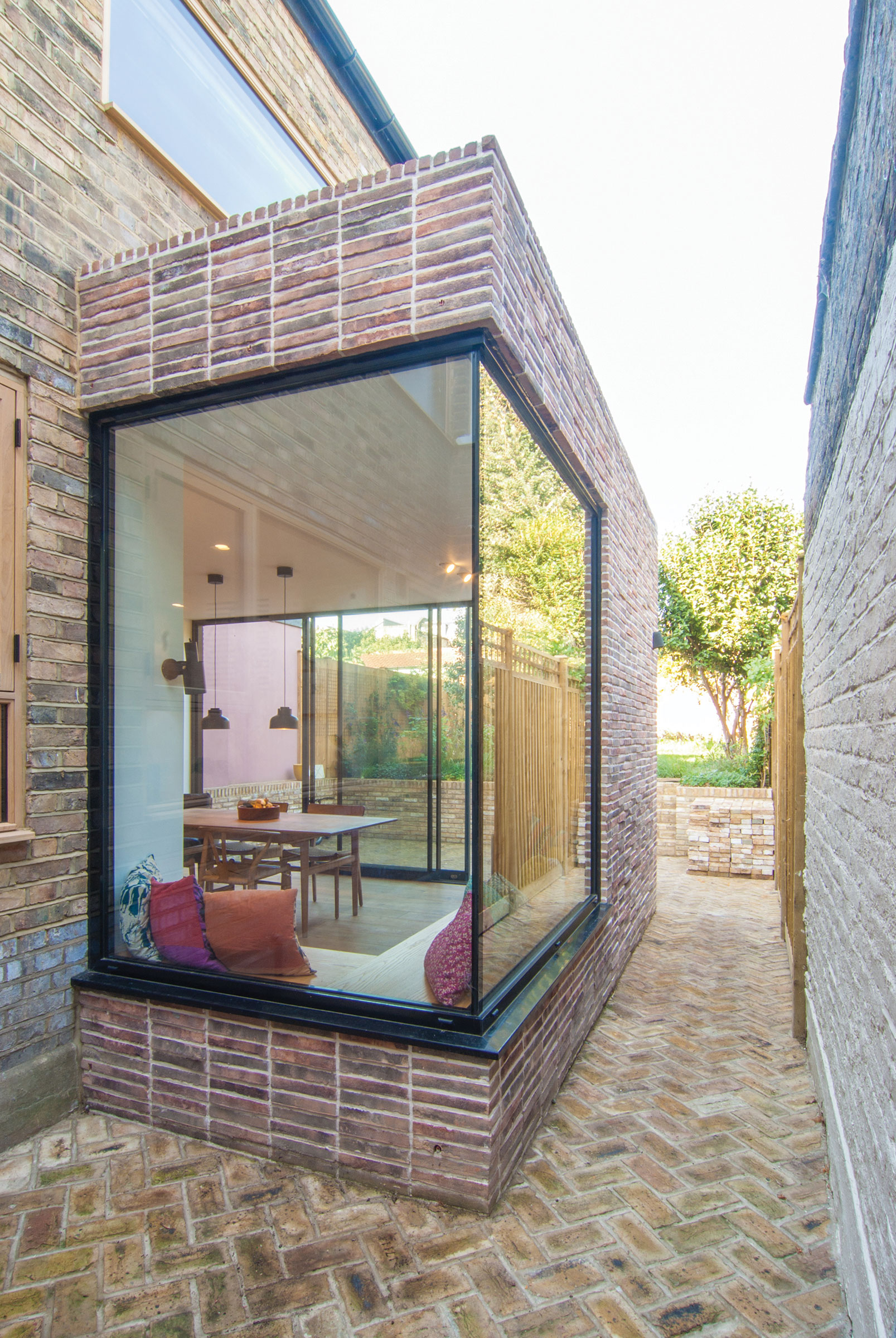
2. Plan well in advance
As the old saying goes, 'fail to prepare, prepare to fail,' and this is so true for extensions for every budget.
"It really pays to plan ahead. Right from the outset of a project, the more information you have in your possession, the more informed your decisions will be," say the experts at MATA Architects. "There is a sliding scale for the cost of changing your mind. It is cheaper to make design changes towards the beginning of the project than later on.
"For example, you decide you would like to use a timber cladding instead of brick on the exterior face of your extension. During RIBA Stage 2 – Concept Design – this would be a minor change. It would involve additional time from the architect to visualise the new material in 3D and update 2D drawings to reflect the change.
"The same decision made during RIBA Stage 4 – Detailed Design – would necessitate updating 2D drawings, possibly 3D visuals as well as a new application to vary your planning permission (possibly delaying the programme). At this stage the setting out and spacing of fenestration and other external components is also based on cladding sizes and would need consideration. A seemingly small design change can have far-reaching, knock-on effects."
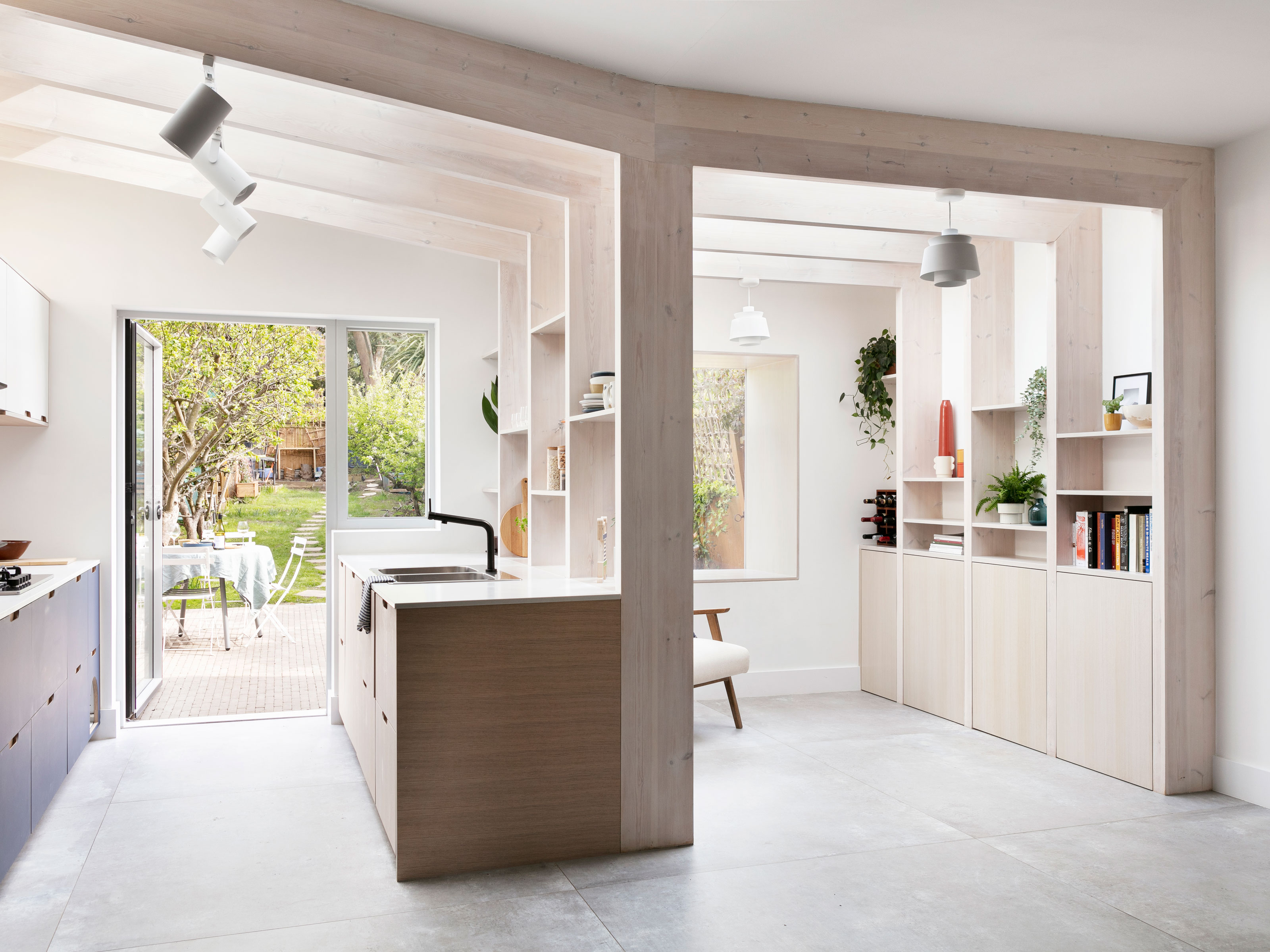
3. Keep things as simple as possible
Keeping your layout simple – and the size of your extension reasonable – can save you a lot money on an extension, especially when it comes to structural costs as sometimes these costs can increase disproportionately as the size of the new structure increases. Lean-to extensions are a good example of keeping things simple.
"Long or large extensions require additional structural support, involving the use of steel beams," explains the team at Resi. "The bigger your extension, the bigger these beams become, and costs can quickly start to add up, adding thousands to your budget."
4. Keep structural alterations to a minimum
When adding an extension, you need to think about how you're going to open up the rest of the house to the new addition — and this often makes it necessary to knock down internal (and sometimes external) walls. Consider which of these layout changes are absolutely necessary.
"Structural alterations to the existing property, such as knocking down walls, is going to add a lot of labour and cost to the build," says Chris Carroll of All in One Design and Build Studio. "If you can design your extension so that it uses the existing doorway into the garden to be the new doorway into your kitchen extension, you'll make huge savings on the costs of structural steels." This is a good point to bear in mind for those looking for rear extension ideas.
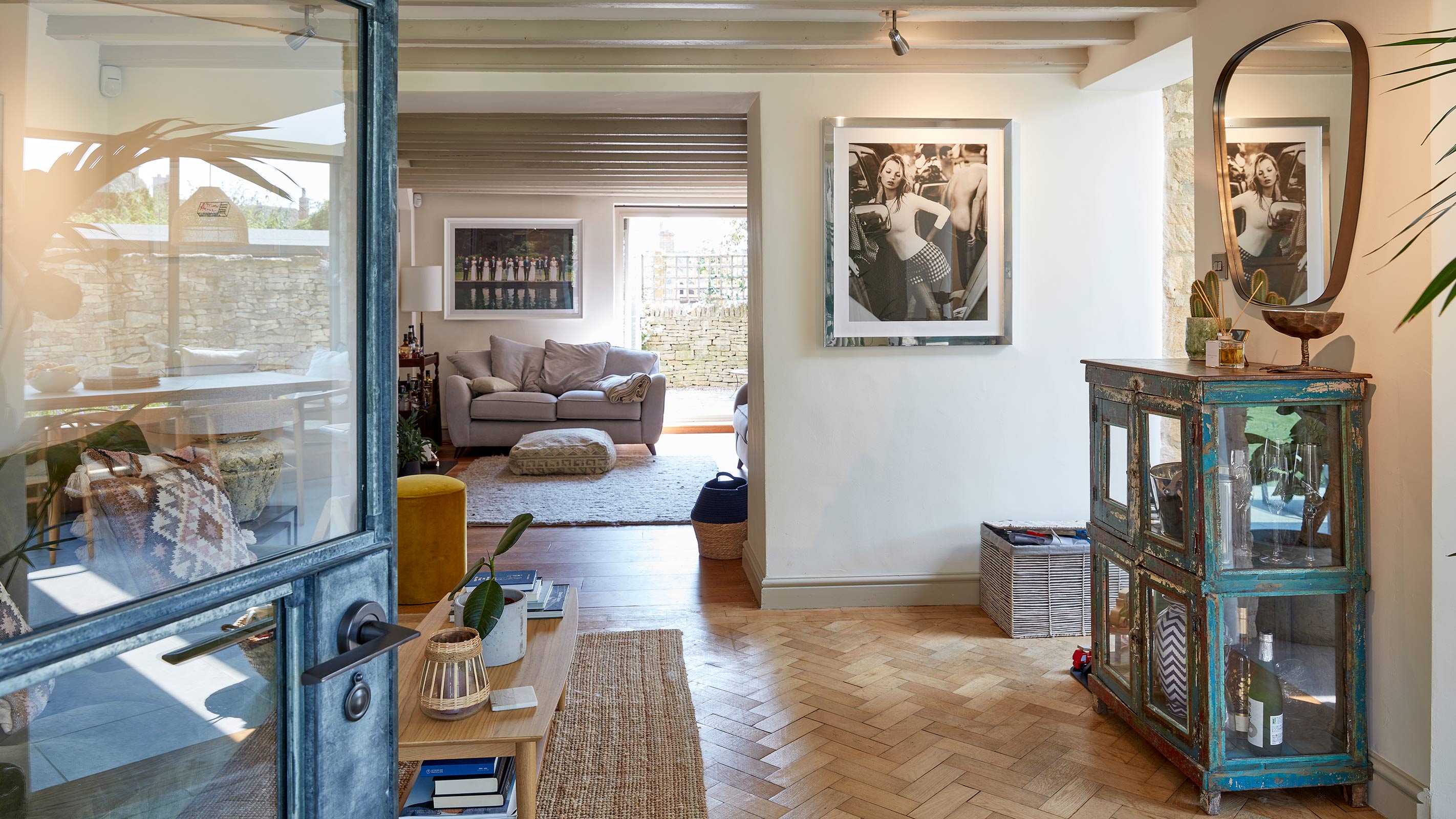
5. Research the cost of different build systems
The build system you opt for will have more have an impact on your costs that just material prices. You need to make sure you find someone with the right experience for your build and the system you've chosen to use. If you require a specialist, this will undoubtedly drive up the cost, and if you don't hire one, it may cost you more in the long run rectifying the resulting issues.
However, the cost efficiency of a brick and block build is hard to beat, especially for an extension. When we talk about alternative methods of construction such as structural insulated panels and ICF, it's important to look holistically at how they may have more upfront expense, but result in less time on site. Yet, this is more widely the case on larger projects where the economies of scale work out in your favour, so choosing these methods for an extension is going to widen the gap between the costs of each system.
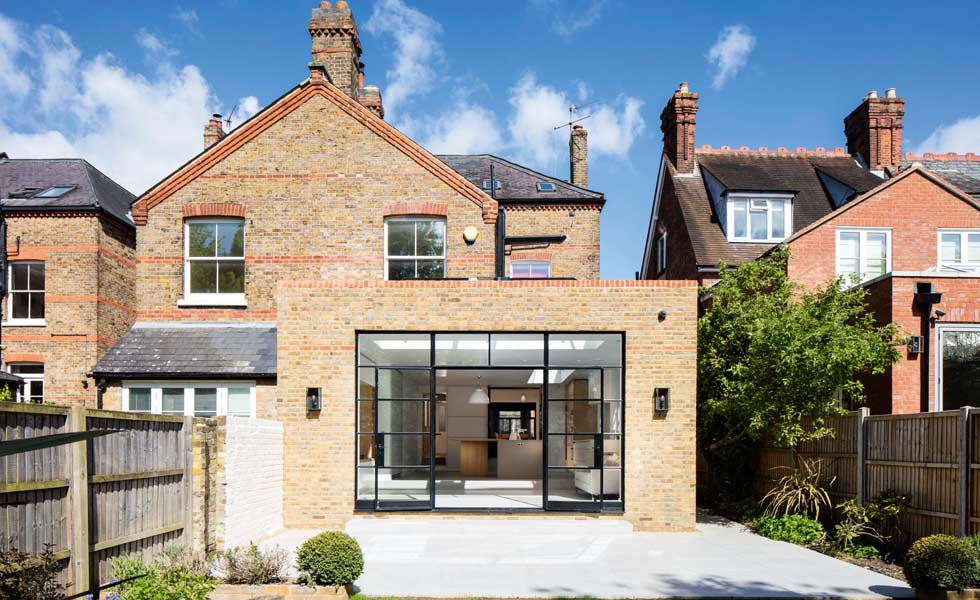
6. Be sure to get multiple quotes
It should go without saying that you should always get a wide selection of quotes from various builders before hiring anyone. That said, beware of quotes that seem too good to be true.
"A high price is not necessarily a sign of quality in a building firm but, more than that, it is important to resist the obvious temptations of a low price," says award-winning builder Andy Stevens. "If one building contractor comes back to your tender documents with a quote for your work which is significantly lower than the other tender prices, you need to be suspicious.
"It may just be that the other builders' quotes are excessively high and the one firm is simply good value. But, more than likely the one firm is putting in a speculative bid to try and get the work"
7. Take the time to consider a two storey design
While you might be thinking that your budget can't stretch to a two storey extension, you may just be pleasantly surprised. But just what is the cost of a two storey extension?
"A two storey extension will often cost slightly less per m² than a single storey extension at around £1,500-£2,450 (excluding VAT)," points out Homebuilding & Renovating's Director of Content Michael Holmes. "That's because, aside from the extra interior fixtures and finishes, you are only adding walls and floor joists."

8. Know where to spend and where to save
Work out where you can spend and where you should save if you're looking to reduce the cost of your extension. There are plenty of ways to create a wow-factor space without busting the budget, and investing your time and money into a professional designer and architect may help you reduce your costs overall with clever, effective house extension ideas.
"One of the biggest ways to get the most out of your budget is knowing where to invest the big bucks and where to hold back," echoes the Resi team. "Design items like skylights, bifold doors, and exposed brick walls will require an investment but are less likely to decrease in value than expensive kitchen fittings."
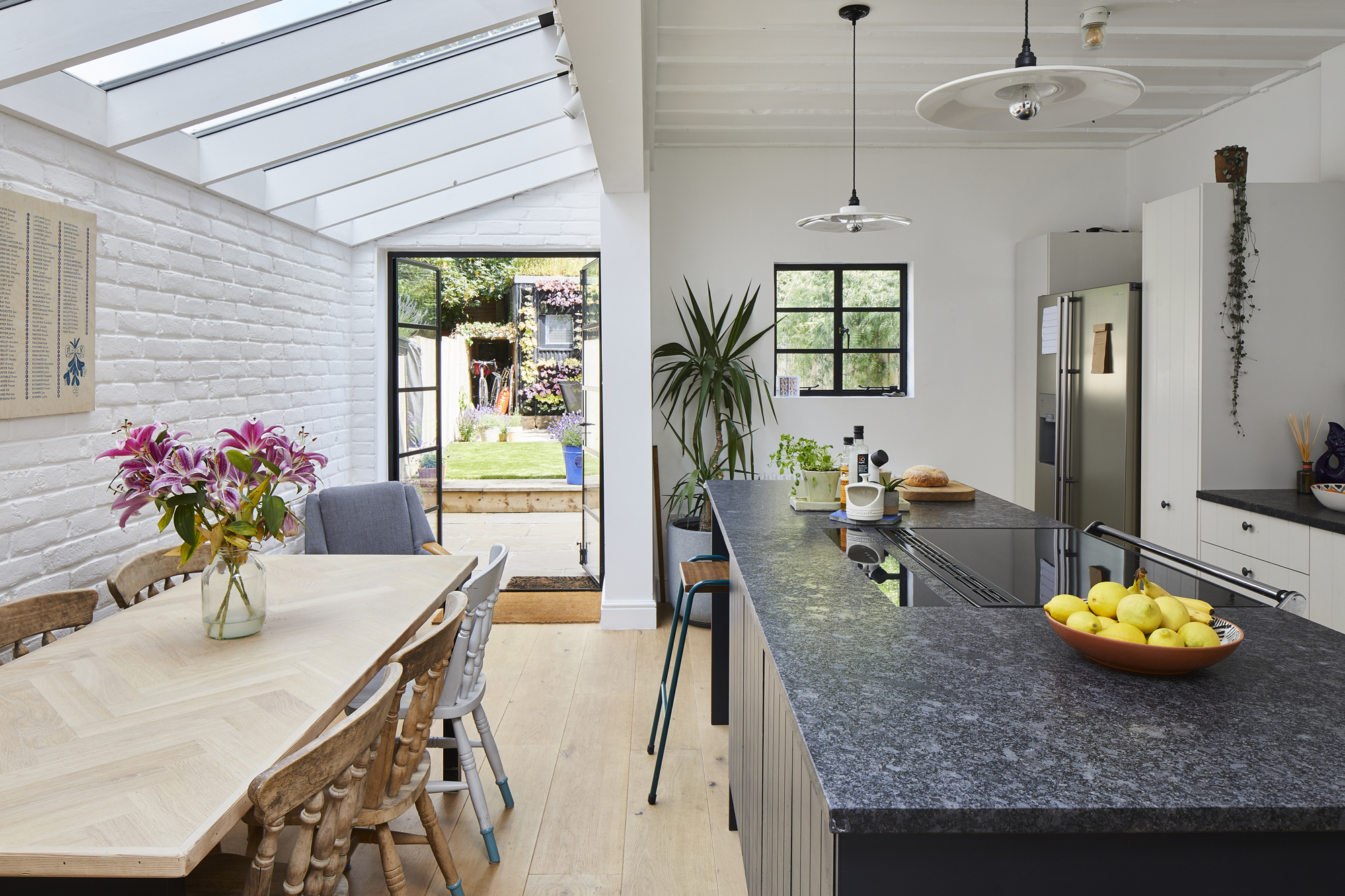
9. Design with your foundations in mind
Keeping things simple down under will ultimately reduce your build costs — so do think about how you can design your extension in such a way that no specialist building foundations are likely to be required.
"This might mean opting to site your extension away from trees, drains, sewers or other buried services – assuming, that is, you have the space to be choosy," advises Lucy Searle.
10. Pick the right moment to build
Certain periods in the calendar attract a premium in terms of labour and materials, notes All in One Design and Build Studio's Chris Carroll.
"You can expect an automatic 5% increase in material costs in December as trades rush to get their client's work finished for Christmas," he explains.
Creating a schedule to avoid any significant purchases being required during this time can help bring down your overall expenditure.
11. Keep clear lines of communication at all times
Ensuring the channels of communication are open between you, your project manager and your builder is the best way of avoiding excess expenditure if material costs do occur. Increases over a certain percentage won't necessarily be absorbed by your builder, but check your contract. For price increases over 5%, Chris Carroll notes, material costs will need to be renegotiated for any work he's contracted to do, as set out in the terms and conditions he supplies his clients.
12. Don't discount look-a-like products
The old adage is you get what you pay for, but in some instances, you can use materials that cost significantly less to create a look that's almost as good as the real thing.
"For instance, one of the biggest trends in the kitchen has been the rise of the polished concrete floor," says the team at Resi. "But, while this is certainly stylish, having concrete poured into your home is both labour intensive and expensive. However, concrete tiles not only give you that on-trend aesthetic, but they also allow underfloor access, which will make your life easier, should repairs be needed."
13. Make wise choices for your glazing
Structural glass accounts for a large portion of the budget in many contemporary glazed extension ideas, however, if you're smart with how you use glass, you can get all the benefits of lots of glazing while safeguarding your contingency budget.
"Dotting your rooflights in a row is a simple design alternative for the ever popular glass ceiling," suggest the designers at Resi. "This is, again, to do with structure. As large glass features typically require structural glass, a costly material. Skylights have cheaper material options, and so can save you a lot of money. They also don’t require as much structural support in the walls, like steel beams, or underpinning."
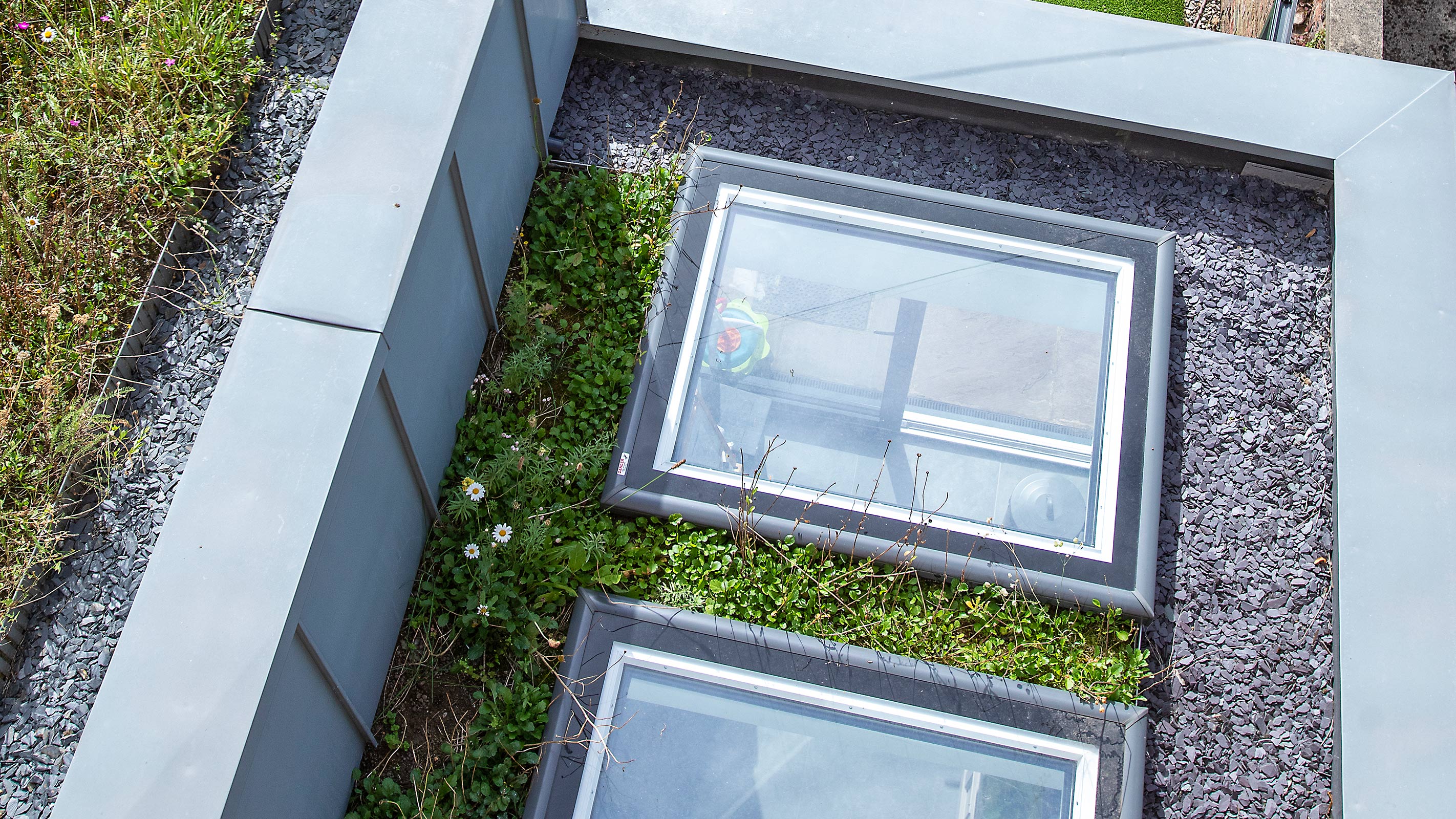
14. Don't forget the cost of removing site waste
"Removing waste material is a big expense when building an extension, and landfill prices have recently increased significantly," explains Chris Carroll.
Having forethought and making plans for your waste disposal strategy is important, not just for finding a budget-friendly place to dispose of any rubbish, but also ensuring it's easy and cost-effective to remove it from your house. It's especially important to look at how to get rid of rubble and other heavy, unwieldly waste materials.
"The cost of waste removal in a built-up area is going to be higher than in a remote area, just for the case of accessing the site," continues Chris. Finding the best arrangement for site access for disposal can help reduce your build costs.
15. Reuse any materials you can
Another way to reduce your landfill costs is the three Rs. Recycling is a great way to reduce the amount of waste your site produces, and sorting plastic, cardboard and timber from other non-recyclable waste improves your build's eco credentials too.
Before you commit something to landfill, you should also explore if it's desirable to someone else. "You'd be surprised the things on site that owners have been able to sell on Facebook Marketplace after some gentle persuasion," says Chris.
If you live in a period property, you may also be able to sell on some types of bricks from demolition of walls. "Be mindful that if you live in a property with soft red or soft yellow bricks, you can save them and weigh them in at your local reclamation yard."
"While it won't be life changing money, you could get 45p a brick if they’ve got two good faces," says Chris.
16. Draw up your own Party Wall Agreement
There are options for creating your own Party Wall solutions with neighbours that don't require surveyors and expensive, formal Party Wall Agreements. However, this is a little more unusual and does depend on having a good pre-existing relationship with your neighbours.
While there are templates for Party Wall notices that you can serve yourself, bear in mind there is a risk that by not opting for a professional to serve your notice for a flat fee, you might miss something essential, invalidating your notice and causing issues for your build later down the line.
17. Don't be tempted to skim read your contracts
Before any work begins on your extension it is absolutely crucial that everyone involved in the project knows who is doing what, when they are doing it and what it will cost — and this is where proper building contracts are essential.
"Never start building an extension without a tight contract, such as a JCT," says Resi's experts. "If anything changes during your project (and it probably will), this gives you a legal way to keep a handle on inflating costs.
"Make sure that your builder provides you with a fully costed quote, so you understand the price of each element. That way, if you need more of anything, you can reference the original price per unit."
18. Take time to compare suppliers
For the sake of speed and less hassle, it can be tempting to accept the first quotes you receive when hunting for professional services but do take the time to shop around — this could save you a considerable amount of money.
"At every stage of your project – from finding an architect to sourcing a builder – you should be soliciting 4-6 quotes from different suppliers," say the experts at Resi.
"However, remember that cheaper isn’t always better: it’s about finding people who are offering you value, quality and trust.
19. Swap bespoke for off-the-shelf
Although built-in, custom made and bespoke fittings and fixtures are undoubtedly beautiful and often scream quality, for those on a tight budget they often just don't add up.
"We love to design bespoke furniture, joinery and fittings specifically for our projects. They are beautiful, fit perfectly and will be totally unique but they do come at a cost," say experts at MATA Architects. "Where budget is a factor, areas of bespoke design should be prioritised to key areas of the project.
"An alternative approach to specifying bespoke items is to modify off-the-shelf products. A good example of this is using proprietary kitchen carcasses such as Ikea or Howdens and adding bespoke fronts. This is a great way to save money on your kitchen but still ensures you have control over the final look."
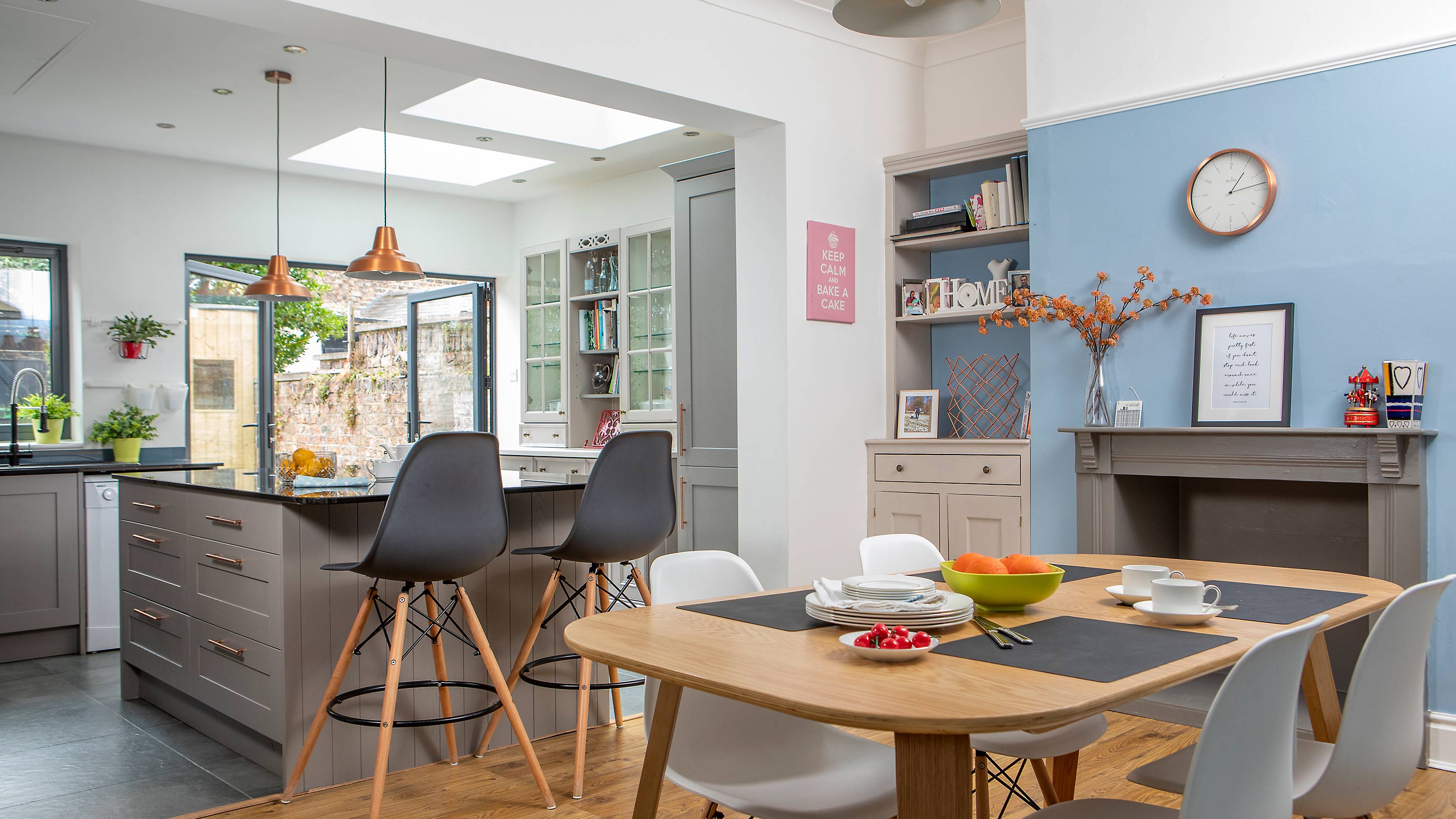
20. Take on some project management tasks
Although using a project manager or your architect to source contractors can be the only option for those who are too busy to do it themselves, it is not always the cheapest option.
"It’s often possible to save money by sourcing your own contractors, rather than allowing one builder to handle the entire contract," explain Resi's experts. "However, you’ll need to be extra careful that everyone has a good idea of their responsibilities and how they interact, or mistakes can end up adding time and money in the long run."

Michael is Homebuilding & Renovating's Director of Content, Vice Chair of the self build industry body, the National Custom and Self Build Association (NaCSBA), presenter of multiple property TV shows and author of Renovating for Profit (Ebury). He also runs an architectural and interior design practice, offering design and project management services. He is one of the country's leading property experts and has undertaken over 30 building projects including two self-builds and the renovation of a Grade-II listed farmhouse.

An experienced homes journalist and editor, Lucy has written about renovation, property and gardens since 1990, first working her way around the interiors departments of women's magazines before switching to interiors-only titles in the mid-nineties. She was Associate Editor on Ideal Home, and Launch Editor of 4Homes magazine, before moving into digital in 2007, launching Channel 4's flagship website, Channel4.com/4homes.
In 2018, she became Global Editor in Chief for sister website Realhomes.com, taking the site to a global success. She is now Global Editor in Chief of Homebuilding's sister site Homes & Gardens. She is also a serial renovator and owns rental properties.
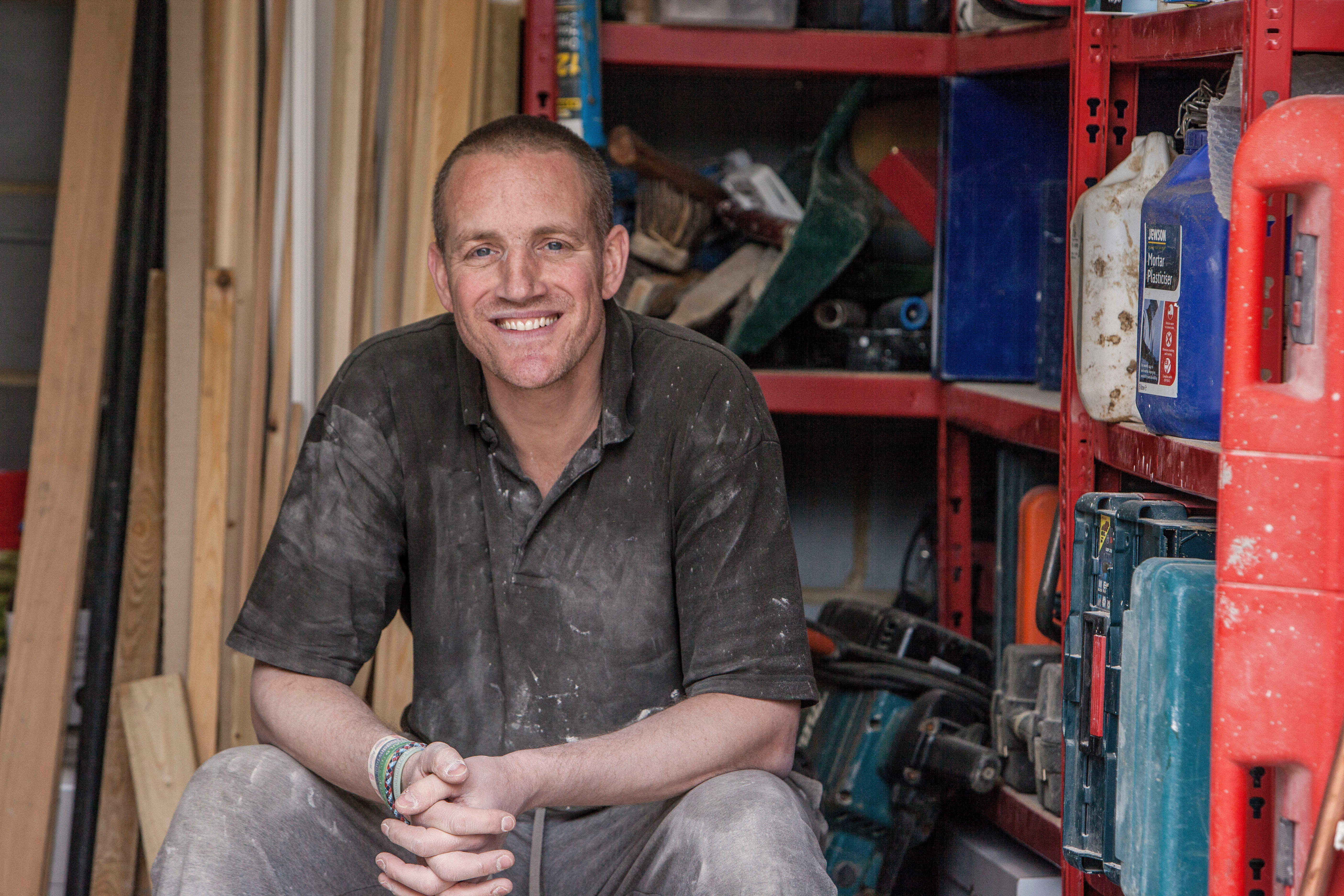
Andy Stevens is a multiple award-winning builder who manages Surrey-based building company Eclipse Property Solutions; he specialises in new builds, extensions and loft conversions.
While he is still on the tools, he is also widely involved in the construction industry. He presents a show on Fix Radio and hosts his own building podcast Build:It, as well as being a speaker at the Homebuilding & Renovating Shows.
Andy has sat on the Board of the Federation of Master Builders (London region) and was previously Vice President. He also works with construction charities and is an advocate for mental health in the industry.
Get the Homebuilding & Renovating Newsletter
Bring your dream home to life with expert advice, how to guides and design inspiration. Sign up for our newsletter and get two free tickets to a Homebuilding & Renovating Show near you.
Hugh is editor of sister title Livingetc.com and former digital editor of homebuilding.co.uk. He has worked on a range of home, design and property magazines, including Grand Designs, Essential Kitchens, Bathrooms, Bedrooms and Good Homes. Hugh has developed a passion for modern architecture and green homes, and moonlights as an interior designer, having designed and managed projects ranging from single rooms to whole house renovations and large extensions. He's currently renovating his own Victorian terrace in Essex, DIYing as much of the work as possible. He's recently finished his kitchen renovation, which involved knocking through walls, and landscaping a courtyard garden, and is currently working on a bathroom renovation.

